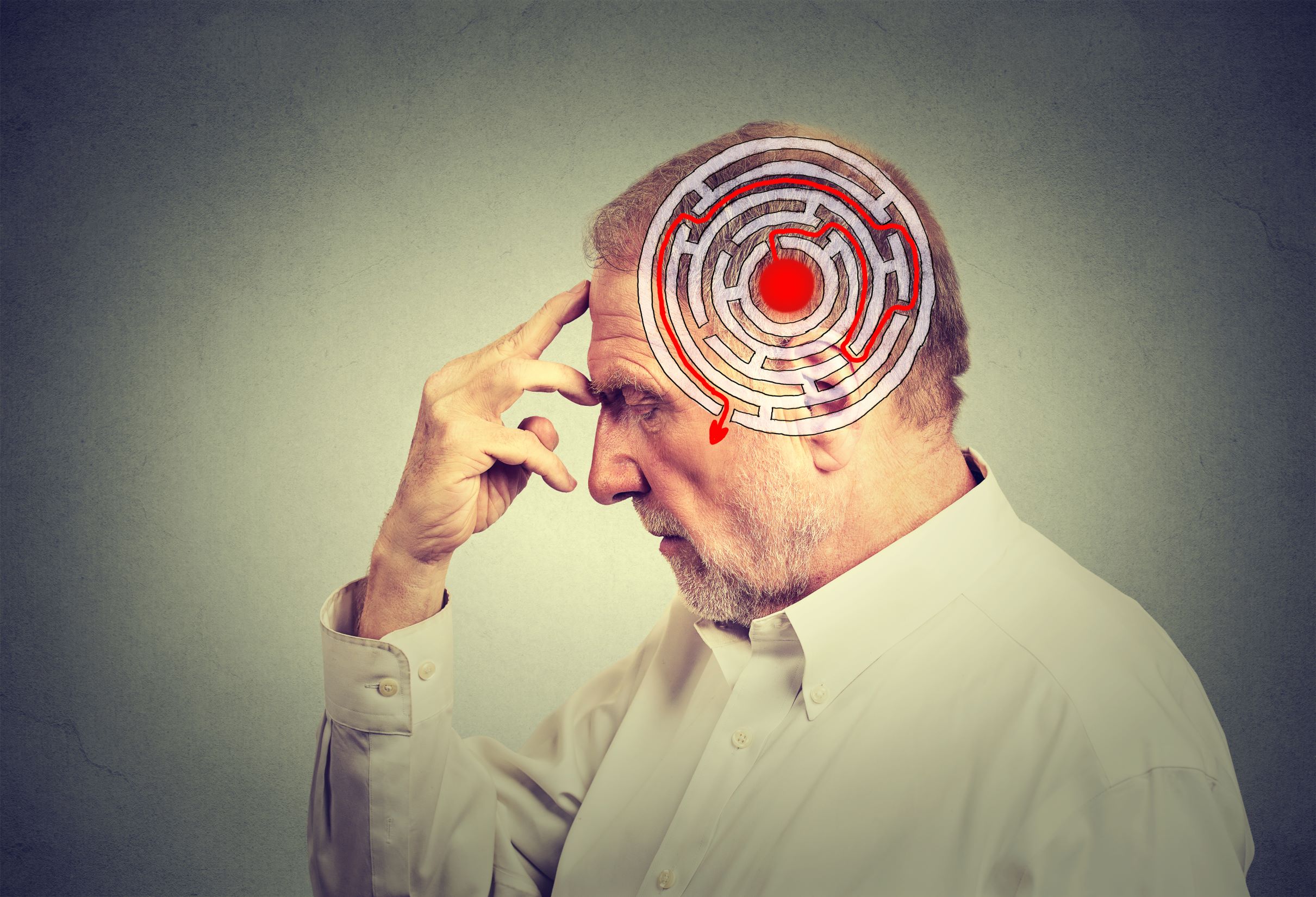When disease, trauma, congenital disorders or pain limit people’s physiological functions, rehabilitation helps them return to an active, independent life. For stroke patients, early and thorough rehabilitation is critical for achieving better long-term health outcomes.
When Johns Hopkins and Bermuda Hospitals Board (BHB) began our collaboration in December 2018, we immediately identified stroke as a primary focus. It logically followed that we would extend the efficacy of these efforts by also enhancing rehabilitation services.
Our experts traveled to BHB’s King Edward VII Memorial Hospital in early 2019 to evaluate the available rehabilitation resources. Their assessment identified opportunities for enhancing rehabilitation early in the care episode, integrating interdisciplinary care, assessing training and education needs, and optimizing service delivery with existing infrastructure and resources.
A year later, another team of our experts from physical medicine and rehabilitation visited to assess the space and equipment dedicated to physical rehabilitation services on the island. While there, they met with the BHB team, visited facilities, acquired a more thorough understanding of rehabilitation and nursing care in Bermuda, and developed a plan to work with BHB to strengthen and enhance the services available to Bermudians.
These assessments outlined opportunities for improvement during our second year of collaboration. We will work together with BHB to increase post-acute rehabilitation services to reduce hospital length of stay. We will break down cultural silos between nursing and rehabilitation to create a more interdisciplinary approach to care.
We will address limited resources, including the need to optimize the physical space dedicated to rehab services. And we will provide specialized educational opportunities, such as through observerships, on-site training and online certifications.
Our shared long-term goal is for BHB to offer comprehensive rehabilitation services that, first and foremost, improve patients’ quality of life, and that add value to the stroke and rehabilitation services by reducing emergency room visits, medical complications and hospital readmissions.
